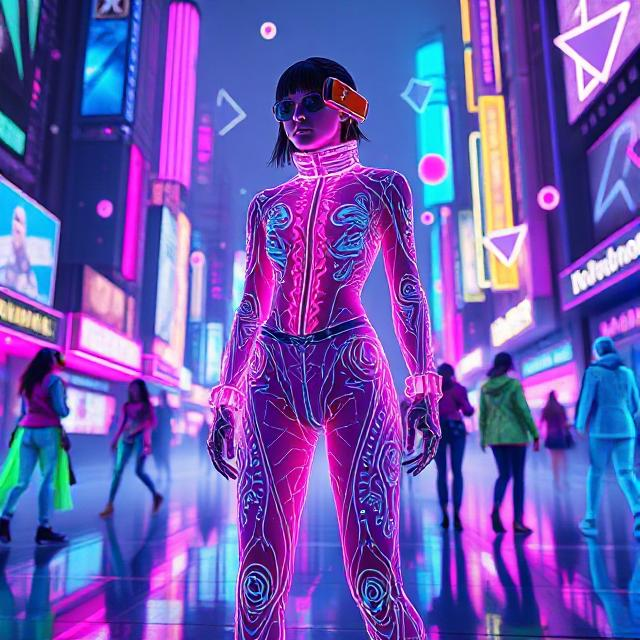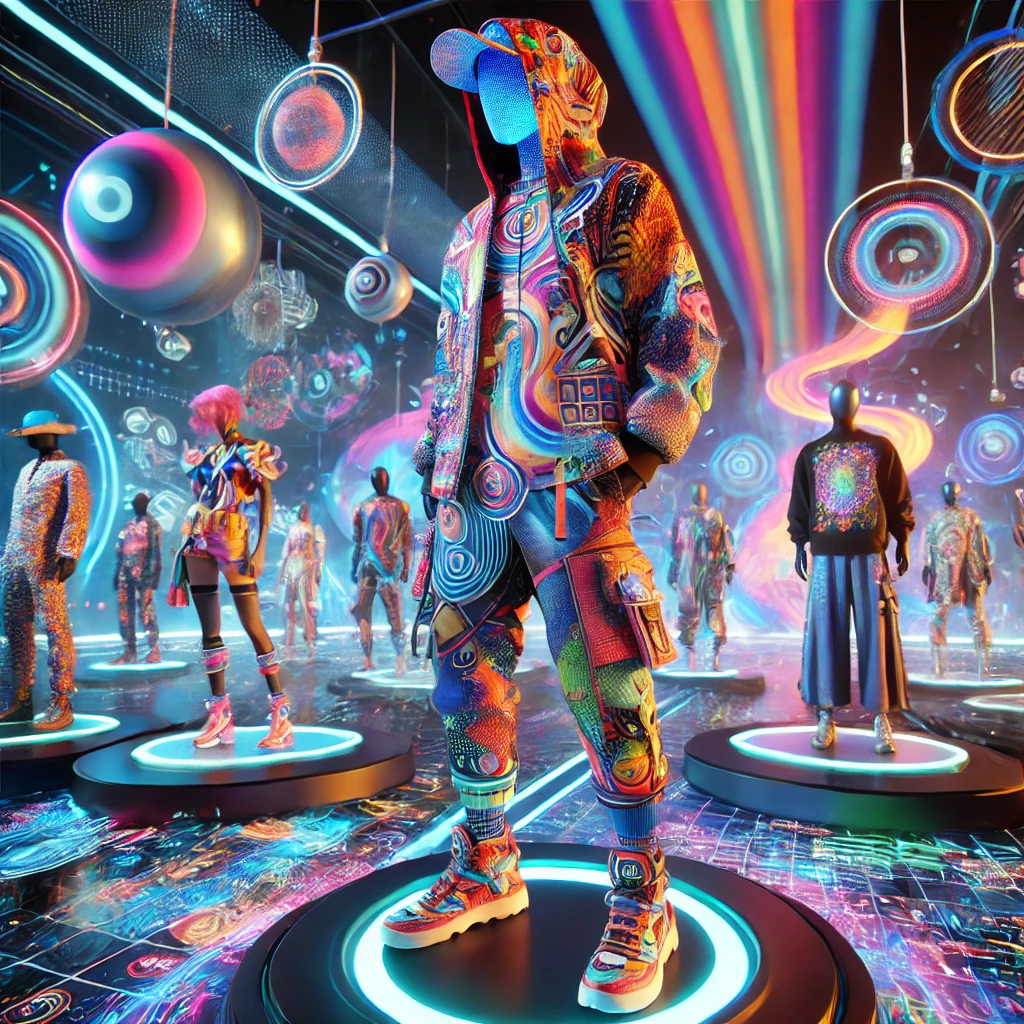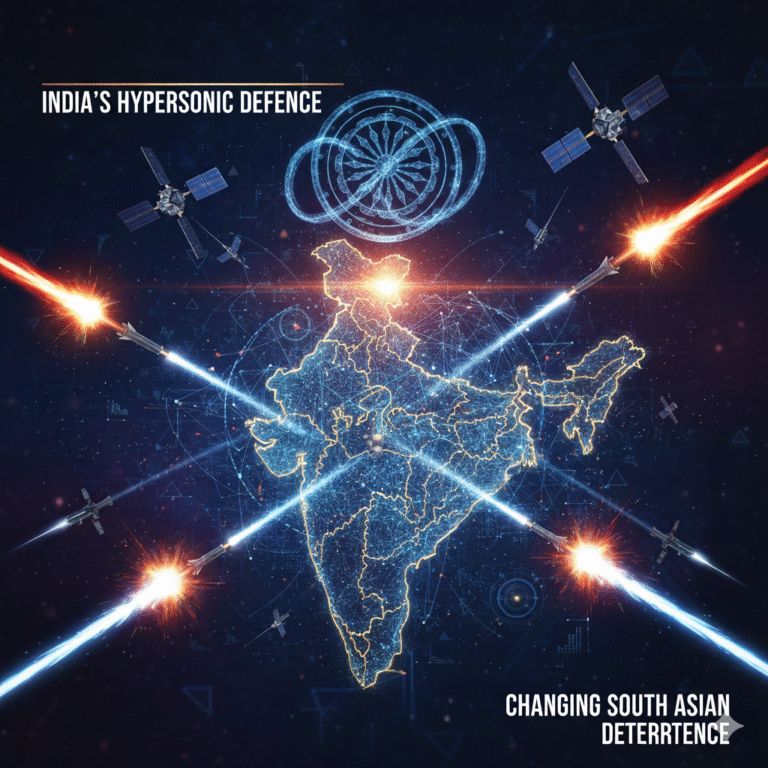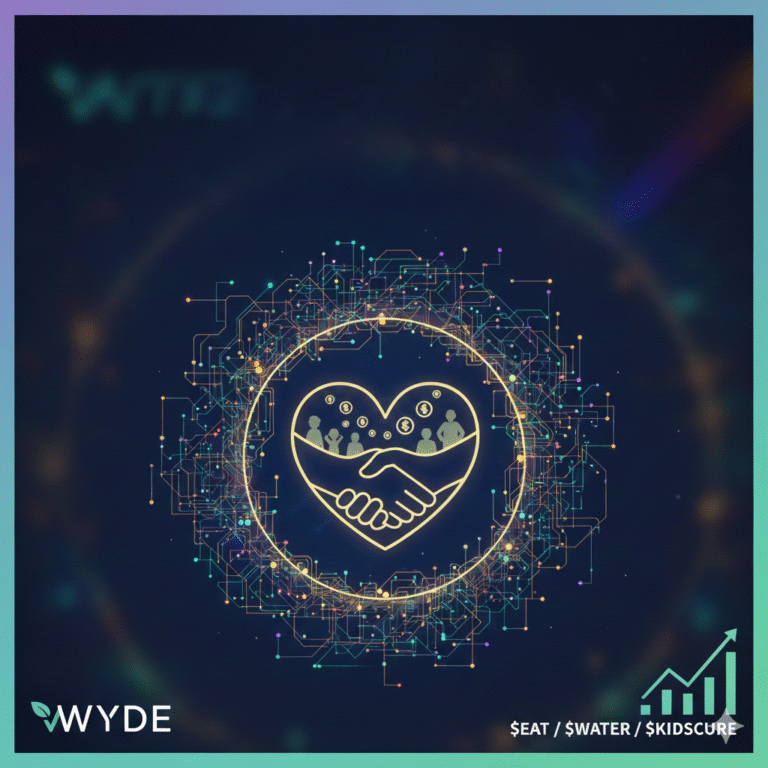Introduction: A New Era of Fashion
The concept of fashion has always been deeply intertwined with identity, self-expression, and cultural evolution. In recent years, however, fashion has taken a bold leap into the virtual world, propelled by advances in digital technology. Enter the realm of digital fashion and metaverse wearables: a phenomenon reshaping how we perceive, create, and wear clothing in virtual environments. Whether it’s for avatars in the metaverse or NFTs (non-fungible tokens) representing digital outfits, virtual fashion is beginning to carve out its own niche in the global industry.

This article will explore the growing trend of digital fashion, examining its impact on avatars, virtual spaces, and the rise of NFT-based fashion. Along the way, we’ll take a deep dive into the mechanics, potential, and challenges of this futuristic fusion of technology and style.
1. Understanding Digital Fashion and Metaverse Wearables
In simple terms, digital fashion refers to clothing and accessories created and worn in virtual environments. These environments could range from gaming worlds to social spaces, where users interact through avatars. The metaverse, a collective term for shared virtual spaces that are immersive, persistent, and interconnected, is central to the development of digital fashion.
Metaverse wearables, therefore, are virtual garments or accessories that users can dress their avatars in. These can range from the everyday and functional to the extravagant and imaginative, often pushing the boundaries of traditional fashion.
But digital fashion is more than just a digital version of physical clothing. It’s a unique form of self-expression within virtual environments, with its own set of rules, possibilities, and limitations. The design of virtual clothing often embraces creativity and experimental elements that wouldn’t be possible in the physical world. Think of outfits made of holographic materials, changing textures, or styles that shift in real-time, based on the user’s interactions with the environment.
2. The Rise of NFTs in Fashion
Non-fungible tokens (NFTs) have become a hot topic in the world of digital art, but they are now making waves in the fashion industry as well. An NFT is a unique digital asset that can represent anything from art to music to fashion. NFTs are stored on a blockchain, ensuring their rarity and ownership.
In the fashion world, NFTs are being used to create and sell exclusive digital outfits. These virtual garments are bought, sold, and owned just like physical pieces of clothing, but they exist solely in the digital realm. One of the key aspects of NFTs is their scarcity. Just like a designer piece in the physical world, an NFT outfit can be limited in number, making it a sought-after collectible.
Moreover, NFTs can also come with specific utility, such as granting access to virtual events, online communities, or even allowing the NFT holder to customize the item in certain ways. Some NFTs also offer the ability to “wear” the item in various metaverse platforms, where users can showcase their unique virtual outfits.
3. Virtual Clothing and the Metaverse: A New Fashion Frontier
The metaverse offers vast potential for digital fashion. Virtual spaces like Decentraland, The Sandbox, and Roblox are growing hubs for digital wearables, where users can dress their avatars in a variety of outfits. The appeal of dressing up in the metaverse goes beyond mere aesthetics; it’s about identity, socializing, and status within these digital spaces.
Virtual clothing in the metaverse can represent a level of creativity that is often impossible in the physical world. With no need to consider fabric constraints or weather conditions, designers can create pieces that defy the laws of physics. From glowing outfits to garments that change color with a thought, the possibilities are limitless.
Some of the most popular metaverse platforms already support fashion as a key aspect of user identity. Roblox, for example, allows users to purchase clothing items and accessories for their avatars. On Decentraland, users can not only buy and wear virtual outfits but also showcase them in virtual fashion shows or sell them to other users. These platforms have created a new economy for digital fashion, where creativity meets commerce.
4. NFT Fashion and the Digital Collectible Economy
NFT fashion is more than just a trend—it’s also reshaping the way we think about fashion ownership. NFTs can be used to authenticate and verify the ownership of digital clothing items, giving rise to a new form of “digital scarcity.”
The idea of owning exclusive, limited-edition virtual clothing is becoming more desirable among fashion enthusiasts, especially those who view digital fashion as a form of art. Brands like Balenciaga, Gucci, and Louis Vuitton are entering the NFT space, collaborating with digital artists and creators to release limited-edition digital collections.
NFTs in fashion also contribute to the sustainability conversation. Digital clothing doesn’t require the same resources as physical garments, such as fabrics, labor, or transportation, making it a more sustainable option in terms of environmental impact. Consumers, particularly in younger generations, are becoming more aware of the environmental footprint of the fashion industry, and digital fashion offers an alternative that aligns with these values.
5. Digital Fashion as a Form of Self-Expression
Fashion is deeply personal and has always been a means of self-expression. In the digital world, fashion can be an even more fluid representation of identity. Virtual clothing allows for the customization of avatars in ways that align more closely with personal expression, breaking free from physical limitations.
In the metaverse, users can create unique avatars that reflect their personalities and preferences. This might mean wearing a futuristic outfit with glitchy patterns, choosing clothes inspired by past centuries, or even selecting clothing that changes in real-time based on the wearer’s emotions.
As people spend more time online, especially in virtual spaces, their avatars become extensions of their real-world identities. Digital fashion allows individuals to experiment with their virtual personas, taking risks and adopting looks that might not be possible in the physical world due to cultural, social, or even physical constraints. The ability to wear these outfits across various platforms also gives users a sense of continuity and permanence.
6. The Role of Digital Fashion in Gaming
One of the earliest examples of digital fashion is found in the gaming industry. Games like Fortnite, Minecraft, and World of Warcraft have long allowed players to customize their avatars with different clothing, skins, and accessories. Over the years, the fashion options have evolved from simple character customization to highly detailed outfits, some even designed by well-known fashion brands.
Fortnite, for example, introduced its “Item Shop,” where players could buy virtual outfits, emotes, and skins. These skins range from everyday outfits to collaborations with major brands like Marvel, Nike, and Balenciaga. The more exclusive or rare the outfit, the higher its value in the game’s economy.
Similarly, in Roblox, virtual clothing is a booming market. Roblox designers have created millions of unique outfits, which are sold through the platform’s marketplace. This has even led to the emergence of virtual fashion designers, who create and sell their designs as NFTs.
Gaming has acted as a catalyst for the growth of digital fashion, and as the lines between gaming, socializing, and the metaverse continue to blur, we can expect fashion to play an even larger role in these spaces.
7. Challenges and Criticisms of Digital Fashion
While digital fashion is undeniably exciting, it is not without its challenges. One of the most significant concerns is accessibility. Creating high-quality virtual clothing often requires advanced design skills, rendering technology, and even an understanding of blockchain for NFTs. This means that while large brands and tech companies may have the resources to enter the digital fashion space, smaller creators and designers may face barriers to entry.
Additionally, there is the question of virtual fashion’s environmental impact. While digital fashion may reduce the need for physical resources, the energy consumption associated with blockchain technologies—especially those using proof-of-work protocols—can still have a significant carbon footprint. As the market for NFTs and digital fashion continues to grow, it will be important for the industry to address these concerns and find more sustainable solutions.
Another challenge is the potential for digital fashion to become too commercialized. As luxury brands continue to dive into the NFT fashion scene, there is a risk that digital fashion could become more about exclusivity and profit rather than creative expression. This may alienate smaller creators or limit the diversity of styles within the virtual fashion landscape.
Conclusion: The Future of Fashion in the Digital Realm
The digital fashion landscape is evolving rapidly, and its influence is only expected to grow in the coming years. Whether it’s for gaming, socializing in the metaverse, or collecting limited-edition NFTs, virtual outfits are becoming a key aspect of our digital identities. For designers, digital fashion offers an unprecedented level of creative freedom, while for consumers, it provides new avenues for self-expression and personalization.
As the metaverse and digital fashion continue to intersect, we will see further innovation, greater adoption of NFTs, and an even more immersive and interactive world of virtual style. While there are challenges ahead, including accessibility, sustainability, and commercialization, the potential for digital fashion to reshape the way we think about clothing and self-expression is limitless.
In the end, fashion will always be about more than just the clothes we wear—it’s about the stories they tell, the worlds they create, and the identities they help us express. Digital fashion is no different. It’s simply taking that expression into a new and exciting digital frontier.
Courtesy: Internert









+ There are no comments
Add yours